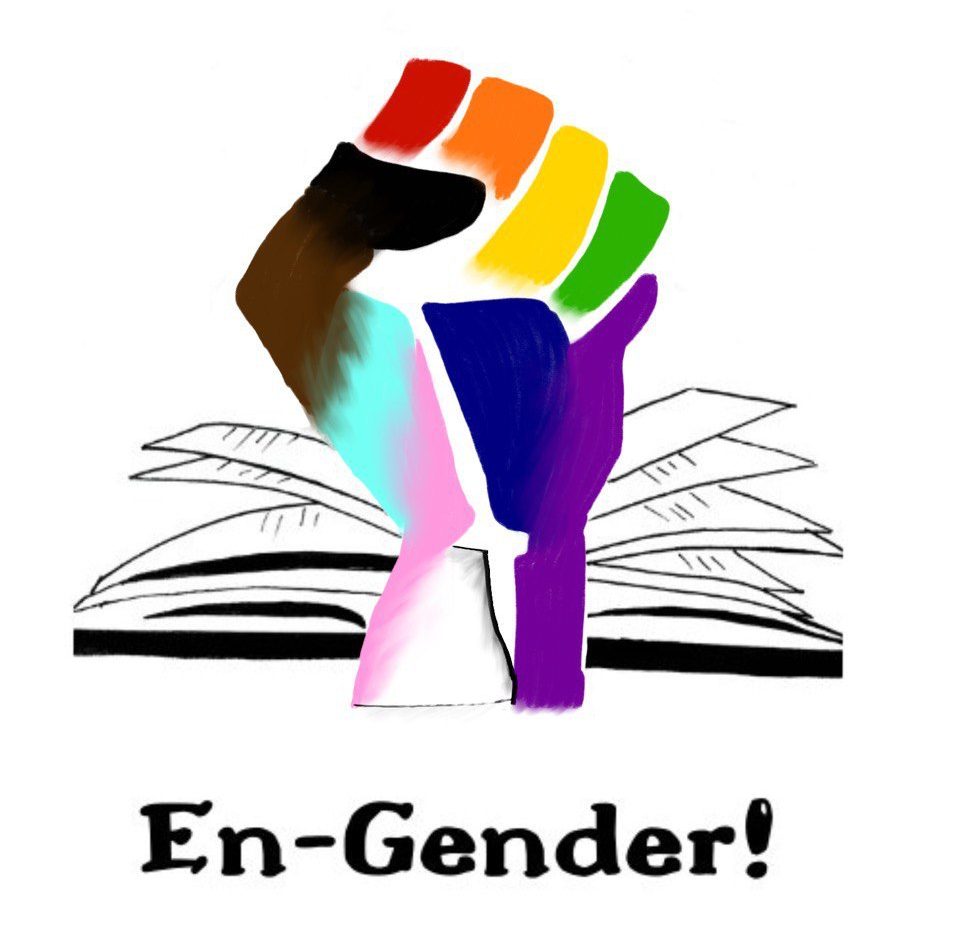Commentary on “You’re either a ho or an innocent little baby”
by Judith Bachmann, University of Heidelberg
Just a week ago, the question of the agency of Pentecostal women in Africa arose in my seminar. We were discussing the words from a speech given by a very popular female pastor who described that rather than preaching, her first calling from God was to her husband. Many of my students expressed their concern about these words and how they would encourage women in the audience to follow this example of divinely ordered subjugation and would thus re-affirm patriarchal power structures. And though I find my students’ concerns valid, I pushed them in another direction as well: What if the contents and the functions/ performances of expressions of Pentecostal women do not always simply align? And what if the women in the audience have a knowledge of this as well, of the difference between rhetoric and doing? What if Pentecostal women are actually capable of saying one thing and doing the other because they are conscious of the various and contradicting expectations they encounter within different contexts?
When it comes to gender topics within Evangelicalism or Pentecostalism, many researchers turn to the pastors’ opinions, sermons or the churches’ teaching materials and even if interviews and ethnographic fieldwork is included, they tend to privilege the leaders’ output. Rebecca L. Anne-Davis, however, has presented a very interesting and necessary look into the self-reflections of Evangelical teenage girls, not starting with pastors’ output but with particular believers’ reflections. This puts much of research done on Evangelicalism and Pentecostalism on its feet, I think, because there is the constant danger that researchers overstate the influence of pastors’ utterances or churches’ teachings in the lives of the believers. Most of them do spend a lot of time outside of church and within other contexts like work places, educational institutions, family, etc.
The topic the teenagers reflect the most on in Anne-Davis’ article is the issue of sexual behaviour. From my own experiences, pastors oftentimes feel the need to reprimand their congregations, especially female groups, reminding them in strong terms of how to behave and what to do, specifically concerning their sexual conduct. We could then either focus on the contents of these reprimands or we could also take it as a hint that the lives of these females are not lived as purely as their pastors would want them to. There seems to be a constant drive towards purity but that drive also attests to the muddle, the “temptation,” the inconsistencies of the daily lives of the believers. Anne-Davis’ article also stresses this point that for the teenage girls whom she observed and interviewed, there was a constant pull and push between their high school context and the teachings of their church or bible study group. On the one hand, they could demarcate themselves from their Non-Christian peers as “knowing better” and “staying on the right path”; on the other hand, they also expressed desires that fell somewhere in the middle. One girl wanted to do pole dancing as a “fun sports,” while its popular reception as sexual made her abstain from it. The girls also acknowledged to be a little “boy crazy” at times, just like their Non-Christian female friends, although they strongly emphasized that they abstained from sexual activities unlike some of these friends.
I find these dilemma situations that the girls in Anne-Davis’ article described as relevant in their lives and even as a cause of anxiety to them, very interesting because they show that Pentecostalism or Evangelicalism are not mere doctrines that produce cookie-cutter believers. Instead people ascribe themselves to certain churches, beliefs or doctrines within life situations and desires that are often muddled and difficult to morally navigate. This bottom-up approach does not only change our view on Pentecostalism or Evangelicalism and the humans we find in these movements, it also challenges age and gender dynamics.
By asking what the teenage girls themselves think and feel about their high school life and their churches’ teachings with focus on the topic of sexuality, Anne-Davis takes a new perspective on teenage girls’ agency. Against the background that teenaged females are often regarded as limited in their agency, both as not-yet-grown-up and as female. The article argues that through self-surveillance these girls also constitute themselves as subjects of their own conduct. I think this point comes across even more clearly against the backdrop of these muddled feelings that the girls attested to concerning their high school contacts and their commitment to God.
Considering the contents and rhetorical output of Pentecostal and Evangelical teaching is easy (that is also in the interest of the churches!). What is much harder, is to gain a glimpse into what believers actually make of it. I think, this is even more relevant when it comes to gender as many find themselves shocked, just like my students were, by the often mysogynist messages. Of course, close consideration of the contents is still necessary, I do not want to argue otherwise. But I would encourage the thought that many Evangelical or Pentecostal females (and in fact, all believers) have complicated lives with many different and contradicting challenges. This makes decisions on how to apply church teachings rather muddled endeavours as well, far from simple implementation situations. This also means that there is a constant push and pull between what they think and hear they ought to do and what they then do and feel. This push and pull may be frightening for them but it also opens up an array of opportunities how to act for believers. Acknowledging the relevance of the muddle of believers’ lives also opens up new academic perspectives on religion and gender, as Anne-Davis has shown.

